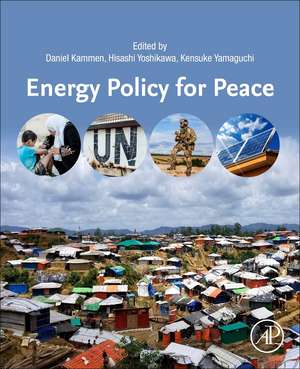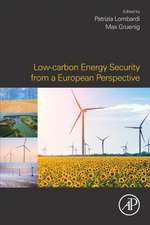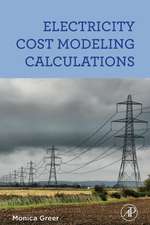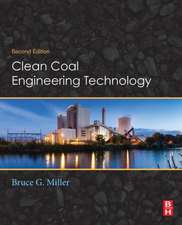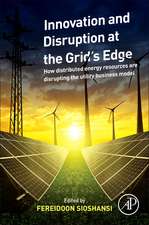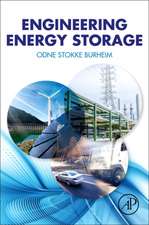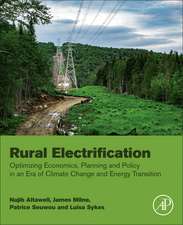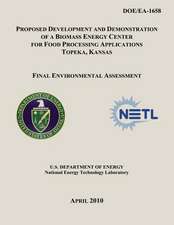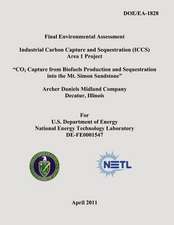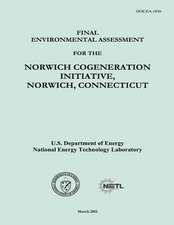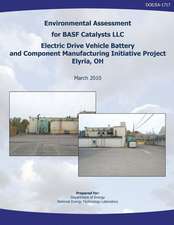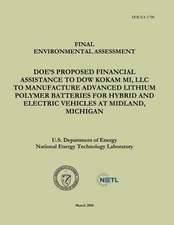Energy Policy for Peace
Editat de Daniel Kammen, Hisashi Yoshikawa, Kensuke Yamaguchien Limba Engleză Paperback – 23 aug 2023
Informed by the contributions of a multidisciplinary global author pool, Energy Policy for Peace provides both a new foundation for researchers and practitioners exploring how energy systems can be changed to build positive peace, and a toolkit for redressing structural violence. The work opens by reviewing how unequal energy access strengthens structural violence. It argues that increasing access to energy access may be an important tool in mitigating structural violence. It concludes with practical policy recommendations and institutional reforms designed to mitigate the structural violence embedded in many energy systems and develop energy strategies for peace building.
- Reviews the characteristics of energy systems that enable positive peace
- Discusses practical recommendations to achieve positive peace through energy strategy and policies
- Draws on an array of real-world case studies drawn from an exemplary team of international practitioners
- Provides a toolkit of policy options for stakeholders interested in redressing structural violence
Preț: 573.26 lei
Preț vechi: 749.45 lei
-24% Nou
Puncte Express: 860
Preț estimativ în valută:
109.69€ • 114.53$ • 90.78£
109.69€ • 114.53$ • 90.78£
Carte tipărită la comandă
Livrare economică 28 martie-11 aprilie
Livrare express 27 februarie-05 martie pentru 72.66 lei
Preluare comenzi: 021 569.72.76
Specificații
ISBN-13: 9780128173503
ISBN-10: 0128173505
Pagini: 208
Ilustrații: 31 illustrations (1 in full color)
Dimensiuni: 191 x 235 x 14 mm
Greutate: 0.47 kg
Editura: ELSEVIER SCIENCE
ISBN-10: 0128173505
Pagini: 208
Ilustrații: 31 illustrations (1 in full color)
Dimensiuni: 191 x 235 x 14 mm
Greutate: 0.47 kg
Editura: ELSEVIER SCIENCE
Public țintă
Social scientists exploring problems from peace and conflict studies, structural violence, and the resource curse, particularly as it relates to energy policy, and broadly across the energy, environment and peace and conflict studies fields. Graduate and 1st year PhD students. International organisations. Government scientists and analysts. Government policymakers. Development institutions. EREV RATIONALE: e-rev calculated on agreed-upon Social Science formulaCuprins
PART 1: Energy for Peace
1. History and Background
2. Basic principles and Analytical approaches
3. Specific Methods
PART 2: Country Studies
4. Balkans
5. South Sudan
6. North Africa to EU
7. Bangladesh
8. Myanmar
9. Columbia
10. Comparison of Country Studies: Pros and Cons of Approaches
PART 3: For Positive Peace
11. Enabling Systems: Micro-grid, Interconnectivity, and Benefit-sharing
12. Limitations and Implications
1. History and Background
2. Basic principles and Analytical approaches
3. Specific Methods
PART 2: Country Studies
4. Balkans
5. South Sudan
6. North Africa to EU
7. Bangladesh
8. Myanmar
9. Columbia
10. Comparison of Country Studies: Pros and Cons of Approaches
PART 3: For Positive Peace
11. Enabling Systems: Micro-grid, Interconnectivity, and Benefit-sharing
12. Limitations and Implications
